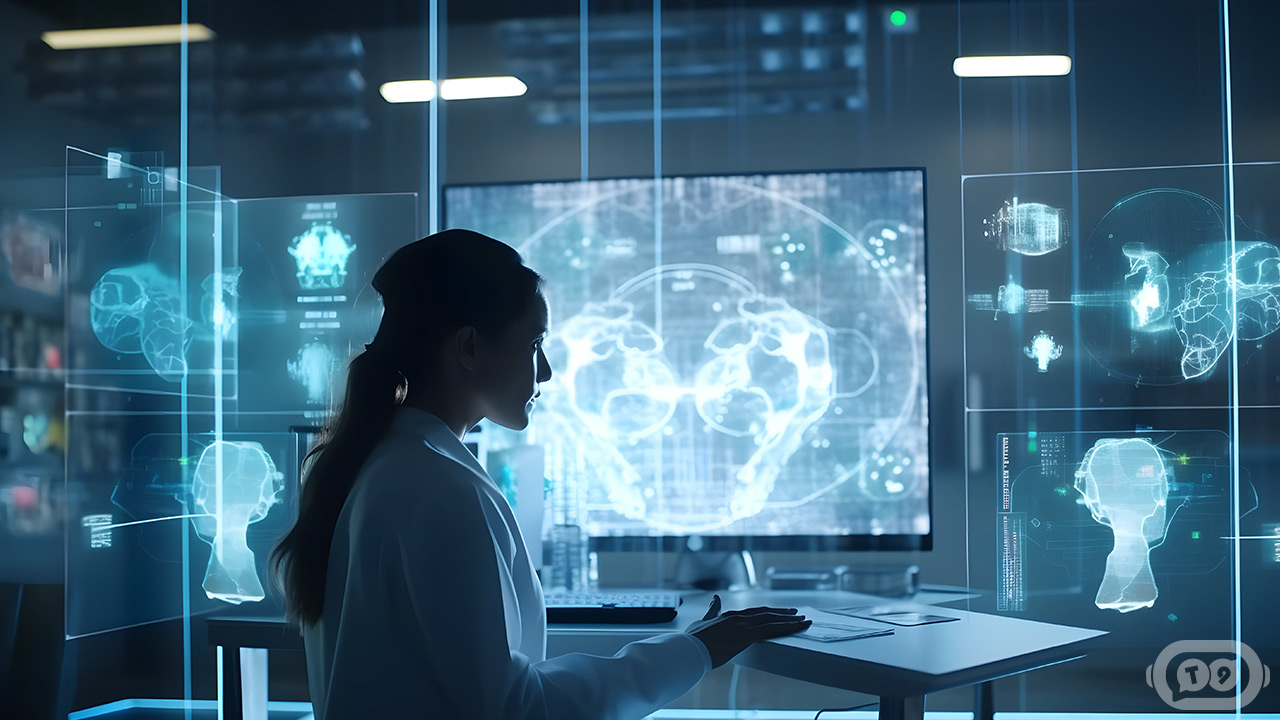Industry 4.0, also known as the Fourth Industrial Revolution, is the current transformation of traditional manufacturing and industrial practices, driven by the digitization of processes, the automation of tasks, and the use of new technologies such as big data, artificial intelligence (AI), and the Internet of Things (IoT).
Industry 4.0 is characterized by the following trends:
- Increased connectivity: Machines, devices, and sensors are increasingly interconnected, allowing for real-time data collection and communication.
- Automation: Many tasks that were previously performed by humans are now being automated by machines and software.
- Artificial intelligence: AI is being used to improve the efficiency and effectiveness of manufacturing processes.
- Big data: Big data analytics is being used to collect and analyze data from various sources to gain insights into operations and improve decision-making.
- The cloud: Cloud computing is being used to store and process data, as well as to deliver software and services on demand.
This type of industry is having a major impact on a wide range of industries, including manufacturing, healthcare, transportation, and energy. It is leading to increased productivity, reduced costs, and improved product quality and safety.
Here are some examples of how Industry 4.0 is being used in the real world:
- Smart factories: Smart factories use sensors and data analytics to monitor and optimize production processes. This can lead to significant improvements in efficiency and quality.
- Predictive maintenance: Predictive maintenance uses AI and big data to predict when machines are likely to fail. This allows businesses to schedule maintenance proactively and avoid costly downtime.
- Personalized products: Industry 4.0 technologies enable businesses to produce custom products for individual customers at scale. This is leading to a new era of mass customization.
- Collaborative robots: Collaborative robots, also known as cobots, are robots that can work safely alongside humans. Cobots are used in a variety of industries, including manufacturing and healthcare.
Industry 4.0 is still in its early stages of development, but it is having a major impact on the global economy. It is important for businesses to understand the trends that are driving Industry 4.0 and to develop strategies to adapt to the changing landscape.
What are the benefits of Industry 4.0?
Industry 4.0 offers a number of benefits to businesses, including:
- Increased productivity
- Reduced costs
- Improved product quality and safety
- Reduced environmental impact
- Increased flexibility and adaptability
- New business opportunities
What are the challenges of Industry 4.0?
Industry 4.0 also presents a number of challenges, including:
- The need to invest in new technologies and infrastructure
- The need to retrain workers
- The risk of job displacement
- The need to address cybersecurity risks
- The need to develop new regulatory frameworks
Global economy revolution?
Industry 4.0 is a major transformation of the global economy. It is important for businesses to understand the trends that are driving Industry 4.0 and to develop strategies to adapt to the changing landscape. Industry 4.0 offers a number of benefits to businesses, but it also presents a number of challenges. Businesses need to be prepared to invest in new technologies, retrain workers, and address cybersecurity risks in order to reap the benefits of Industry 4.0.




